How To Grow Flax For Oil And Fibre
Although we live in the days of easy access to information, we still have a lot to learn. And one of which is how to grow flax for oil and fibre.
Oil is an essential commodity and so also is Fibre. Since 7000 BC, when Flax was discovered and as early as then, men started harnessing the endless potential of Flax. From oil to fibre used for making linen, and to our present-day biofuel, the uses of flax have evolved spontaneously causing people to go back to their study desks to read about how to grow flax.
Flax is an ancient crop, that dated back to 7000BC India where they were mostly used for making linen. In those days, Flax was their petroleum. Today we obtain oil, fuel, and polymer clothes from petroleum, but in those days, civilizations like the middle east and Egypt used flax to produce oil, food for man and animals, clothing and even flooring.
Fortunately, Today due to the growing advocacy for a carbon-free world and measures to reduce climate change, existing flax and learning how to grow flax will help heal the earth and make it alive for our children to live in someday.
How To Grow Flax: What is Flax?
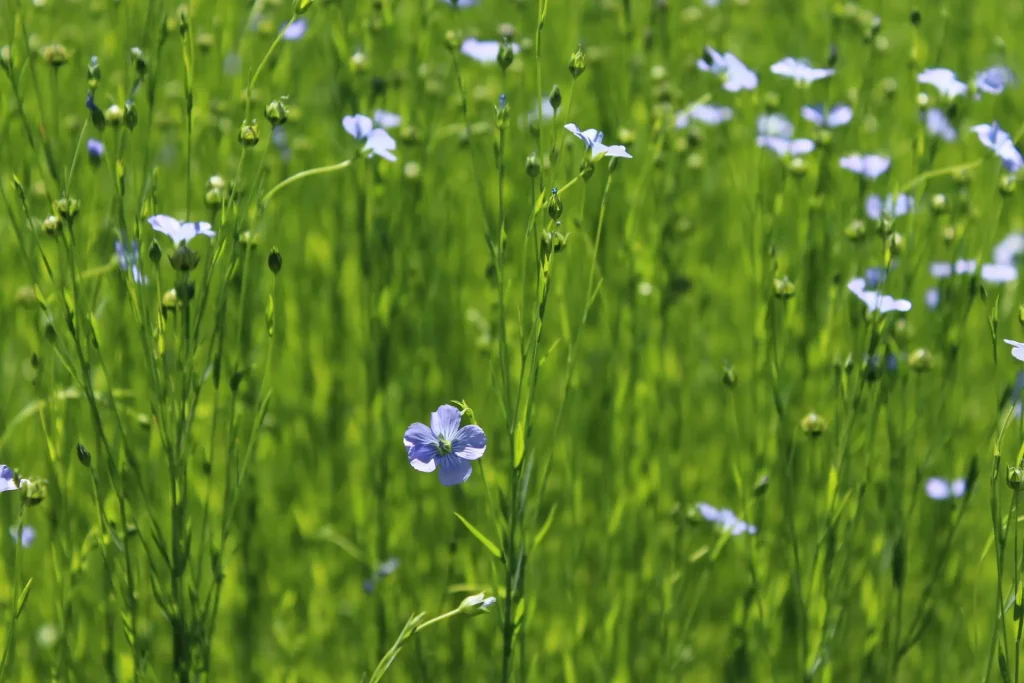
Flax is an annual grassy plant, scientifically called Linum usitutatissium (meaning: the most useful). It is a daylight-loving plant that grows best in cool climates. It has flowers of three kinds; white, purple and blue. And of course, it’s also a moisture-loving plant.
Flax is of two varieties; oil flax and fibre flax. Oil flax is shorter than fibre flax as its height ranges from 40-50cm. Another noteworthy point is the fact that oil flax is low in fibre as research shows that they have only 18% fibre content.
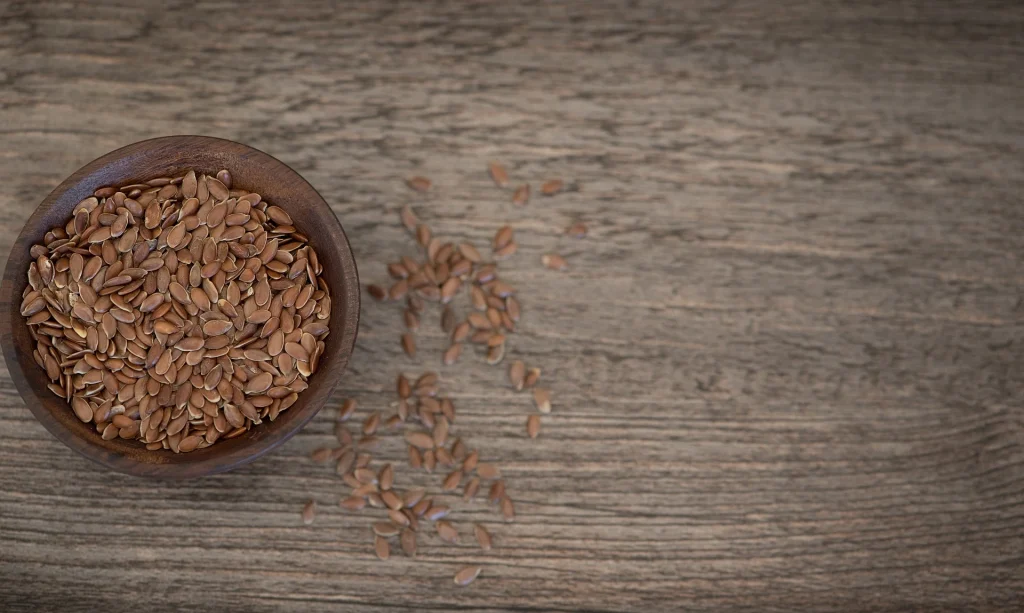
Flax is mainly grown for its seeds. Flax seeds are highly rich in oil. This oil is used for making varnish and paints. Flax seeds are also used for making dishes, animal feeds and food supplements. Recent research records show that Flax seeds reduce cancer risks and heart disease risks.
Flax especially oil flax doesn’t like heat during the flowering and seeds formation phase (reduces seed production and unsaturated fatty acid content). It requires highly ploughed land in cool alluvial soils with humidity of 50-60%.
As of today, Canada is the largest producer of flax seeds. Producing 40% of the total worlds flax seeds and leaving the other 60% to countries like U.S, China and India to make up.
Uses of Flax
From oil to clothing, the uses of Flax are endless. But for the sake of knowledge, we are going to be discussing the main uses of flax.
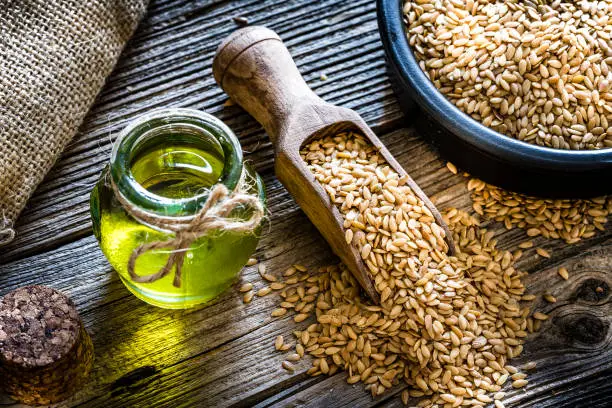
- Flax is used in cold pressed oil production
- The byproduct after the oil is pressed out is used in animal feed production.
- Flax is used as an ingredient for cooking
- Flax is also used for food supplement production.
- Flax is also used in pet food production.
- Flax is used in linoleum (flooring and pant) production.
- Flax is also used in making paper, napkins, linen sheets clothing etc.
- Bandages and medical products are made from flax.
- Flax is also used in biofuel production.
- And finally, flax is used in the production of glass.
How To Plant Flax
For the next few minutes, we will be discussing how to plant flax in the simplest language we can express. Here are the steps in planting flax:
- Check or enquire about the crops and herbicides used on the land you intend to use in planting your flax.
- Till the soil shallowly or just weed to maintain the structure of the soil.
- Moisturize the soil by applying irrigation methods to make sure the soil has 50-60% moisture content.
- Sew the seeds 2.4-4cm deep and space them 15-20cm apart.
Note:
- Good plant organization is critical to obtain a high yield.
- Flax can tolerate -3°C temperature and -8°C when it is in its two-leaf phase.
- After the land’s previous activities enquiry, the farmer should apply organic fertilisers if a crop that might have consumed nutrients has been farmed there before.
How to Harvest Flax
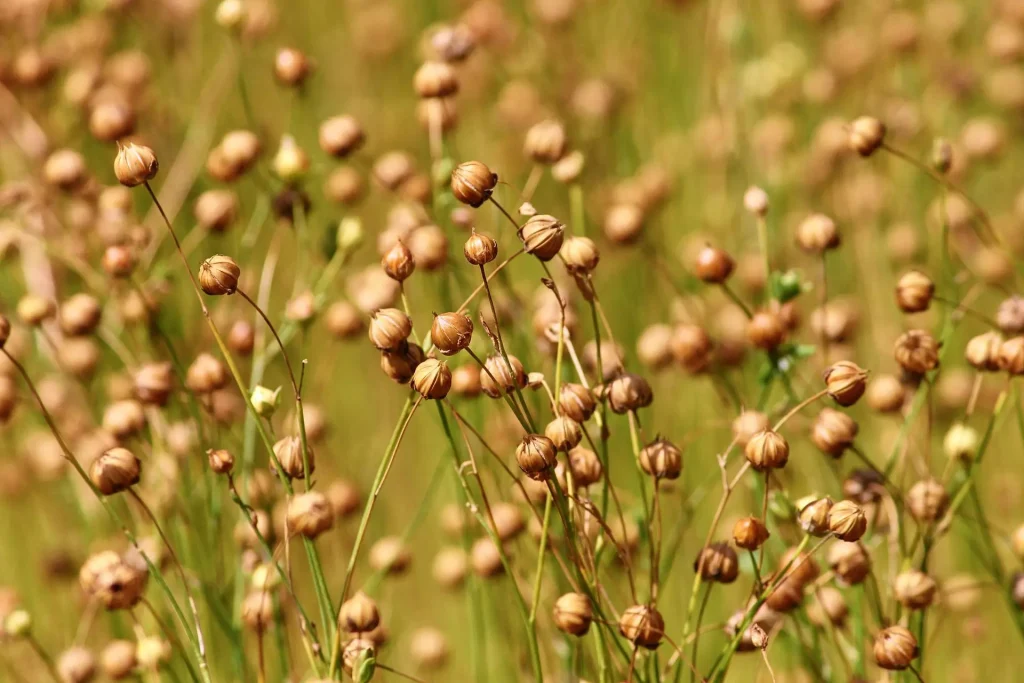
Flax matures within 85 to 115 days after planting, and the next right step is to harvest them. But how can a person know if his/her flax is mature? The sign that flax is mature is that the bolls turn brown.
The next step after identifying that flax is mature is to know how to harvest the flax. These are the ways you can harvest flax.
- Desiccation: either by cutting or by using chemicals 7-14 days before the harvest. The only issue with desiccation is its ability to reduce the quality of the seeds.
- Conventional straight combining and swathing.
Flax can be harvested when moist but can only be stored at 10% moisture. Aside from the seeds, the straws are also harvested because straws contain 10-22% fibre content.
How to Store Flax
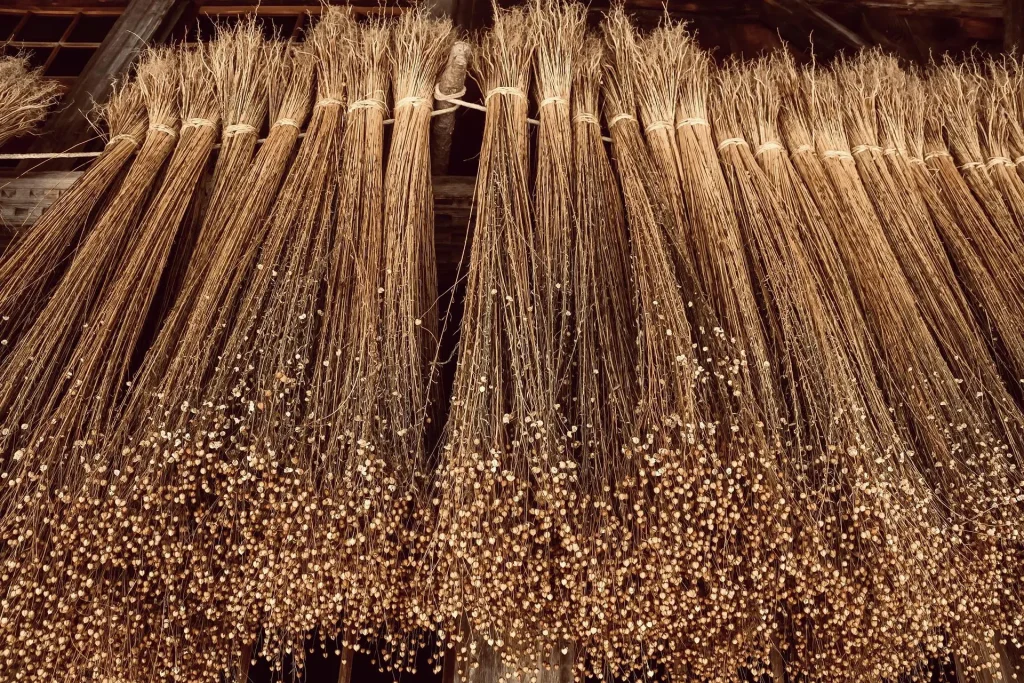
After harvest, the next right step is to store it for future use till when demand may be. Here is how to store flax:
- During harvest weeds and broad leaves normally mix with the seeds. The first right step is to remove these broad leaves and weeds. All these are to prevent the moulding of seeds.
- Inspect and cool down the stored flax regularly. The reason for cooling is to prevent insect infestation as insects cannot survive in temperatures below 18°C.
- Make sure that the seeds aren’t damp to avoid Fungus beetles and mites. And also to maintain the quality of the seeds.
See also: How To Grow Sesame: Plantation, Harvest And Storage
Conclusion
If someone happens to say that flax is a miracle plant, would the fellow be wrong? Definitely No. Flax is indeed a multipurpose plant farmed for many reasons but in this article, we focused on how to grow flax for oil and fibre.
In all, we have discussed there are some points that need to be reemphasized. One of which is that flax is an ancient plant that dates back to 7000BC India. The second would be that Flax is an oil-rich moisture-loving plant that grows best in cool climates with a lot of daylight hours. The third will surely be that Flax comes in two varieties; oil flax and fibre flax.
Another point we need to reiterate is that Flax is planted in narrow soil, not too deep, at most 4cm deep. Followed by the point that the sign of ripening is the bolls change to brown colour. The last important point we will be collecting before we conclude is that while storing flax seeds, they must be less than 10% moisture.
Hope this post educated you. Did you like this post? Share with a friend and do well to subscribe to our latest posts.




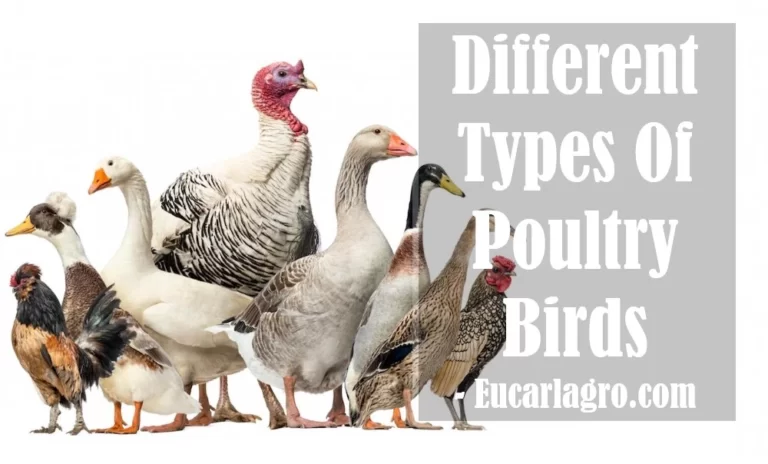
![How To Start Potato Farming in Nigeria ([year]) Start Potato Farming in Nigeria](https://eucarlagro.com/wp-content/uploads/2023/11/Start-Potato-Farming-in-Nigeria.webp)
